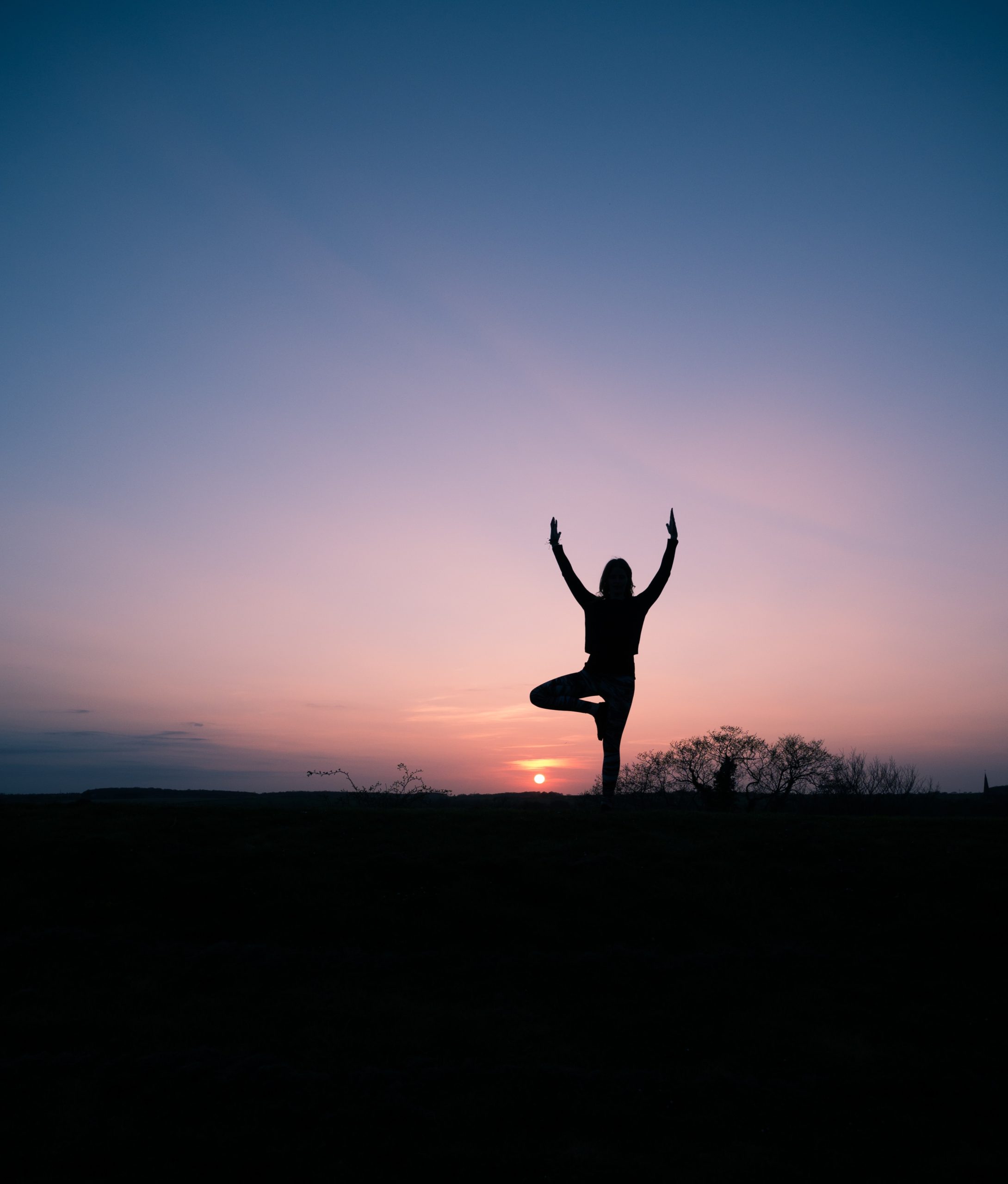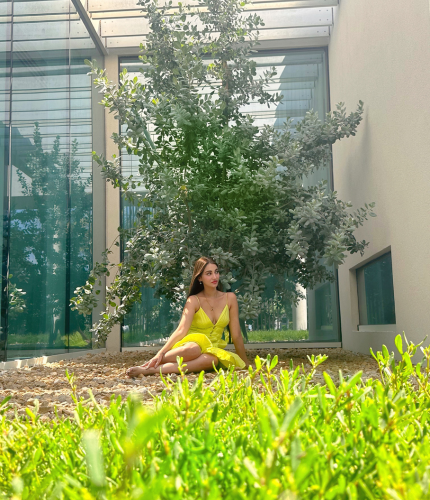
31 March 2023
The Chakra Chapters: The Heart Chakra
The heart chakra sees us approach the halfway point on our journey through the seven chakras in my Chakra Chapters series. I’ve previously covered the Root Chakra, Sacral Chakra and Solar Plexus Chakra, so make sure to read those blogs, too.
Known in Sanskrit as Anahata, which roughly translates to unhurt or unbeaten, the heart chakra sits in the centre of our chests and the chakra system. It acts as a bridge between the upper and lower energy centres. As you would expect, the heart chakra is all about giving and receiving love – and therefore plays a pivotal role in determining the relationships we have with ourselves and others.
What is the Heart Chakra?
Possessing a healing, loving and calming energy, the heart chakra connects the physical realm with the spiritual. It serves as our centre for unconditional love, compassion, empathy and joy – and working with it can often reveal deep and profound truths.

The heart chakra is associated with the colour green, representing growth, harmony, balance, healing and love. And, the element for the heart chakra is air which, like love, is vital for our survival. Air and love are all around us. When you move through life with an open heart you allow yourself to love freely and for it to flow through you. A healthy and aligned heart chakra will make you feel surrounded by love and connected to the world around you, which is just as wonderful as it sounds.
Heart Chakra Blockages
What is not so wonderful, however, is when your heart chakra is blocked. A blockage in this energy centre can feel like you’re suffocating. Love, the primary emotion associated with this powerful chakra, is best when it’s given and received freely. Just like the air we breathe, the energy needs to be free-flowing. Try to contain it or dam its flow and it becomes unbreathable.
A misaligned heart chakra can manifest itself in physical ailments such as poor circulation, high or low blood pressure, other heart and lung conditions or general pain and tightness in the chest. Emotionally, you may find it difficult to develop and maintain healthy relationships, feel lonely, unhappy, heartbroken or unable to give or receive love. You may struggle to connect deeply to yourself and others. This can be a breeding ground for developing fears around intimacy and self-loathing.
Fortunately, a heart closed off from love can be reopened. And the best way to regain alignment and energy flow is to cultivate self-love and self-compassion.
How to Balance the Heart Chakra
Gratitude
Having an attitude of gratitude is a beautiful way to fill yourself with love. I like to keep a gratitude journal where I jot down three things I am grateful for each day. These can be as small as relishing a morning stretch or appreciating your pet. When you put things into perspective and force your mind to focus on the many incredible things life offers, you are able to tap into this abundant vessel of love.
Affirmations & Meditations
As mentioned earlier, practising self-love is an important step to healing your heart chakra. If you can freely provide yourself with love then you can open yourself up to give and receive it from others, too. Affirmations are a great way to dispel negative emotions and beliefs through a ritual that cultivates daily positivity. Examples of some affirmations you could incorporate are: “I am worthy of love,” “I live with gratitude and generosity” or “My heart is open to giving and receiving love.” If you have the time I would strongly recommend practising your affirmation following an independent or guided meditation that’s centred around opening the heart chakra. You’ll find it easier to receive and believe the affirmations once you have prepared your mind. Here is one I personally like to practise.

Cacao Ceremony & Chanting
I’ve talked about the heart-opening powers of cacao in a previous blog all about spiritual healing plants, but incorporating drinking cacao in a heart chakra ceremony takes it to a whole new level! Cacao offers a gentle high without any mind-altering effects and opens your heart allowing you to tap into a healing childlike energy. I set the scene with either rose, lavender or jasmine incense – all scents strongly associated with tapping into the love frequency. I then like to chant Yam, which is the mantra that vibrates with the energy of the heart chakra and brings about peace, compassion, joy, love and contentment for yourself and those around you.
Yoga
Movement is an incredible medicine – especially when looking to shift a blockage. When it comes to the heart chakra, practising backbends of any sort is a fantastic way to open up the front body. These yoga poses can be intense and put a strain on your lower back if you’re not adequately warmed up, so make sure to start slow with simple backbends like Cobra Pose, Cat/Cow Pose and Puppy Pose before embarking on more intense postures such as Camel Pose, Wheel Pose or Fish Pose. Remember that you don’t always have to go to the fullest expression of the asana, use blocks and bolsters to support you as needed to make sure you’re getting the full benefits rather than straining your way through.
Crystal Healing
I love using crystals when working to open my chakras. Crystals in the chakra’s associated colour of green are wonderfully beneficial, such as jade, emerald, green aventurine, malachite and moldavite. Pink crystals that vibrate with the love frequency are other great alternatives, such as rose quartz, rhodonite and rhodochrosite for cultivating self-compassion and joy. Thanks to its central location, you can easily work with crystals to heal your heart chakra by wearing them around your neck with jewellery or as a pendant. You can also hold the crystals while you meditate, keep them near your bed or use them in a Reiki session.
Holotropic Breathwork
If you feel your heart chakra is particularly misaligned, then you can always look into holotropic breathwork as a practice to help release the blockage. While emotionally and physically intense, it can have a truly transformational effect. Holotropic breathwork is usually guided by a trained facilitator who will take you through a series of controlled breathing patterns to place you in a state of altered consciousness. Once in that state, you’ll find you can move beyond your body and ego to deeply connect with yourself. The deep connection and understanding will help heal your heart chakra.

A healthy and balanced heart centre is crucial for us emotionally and physically. It’s not just about fostering romantic love, but love between friends, family, strangers, nature and, most importantly, ourselves. When we move through life full of love and compassion, we project and experience more gratitude which is a heartwarming place to be.
















